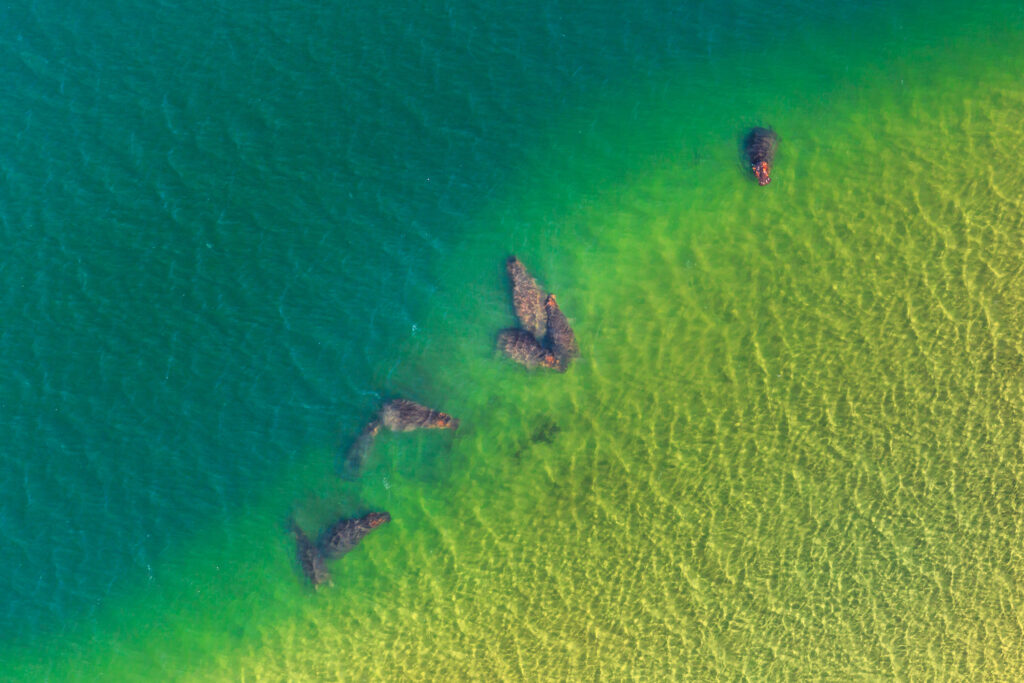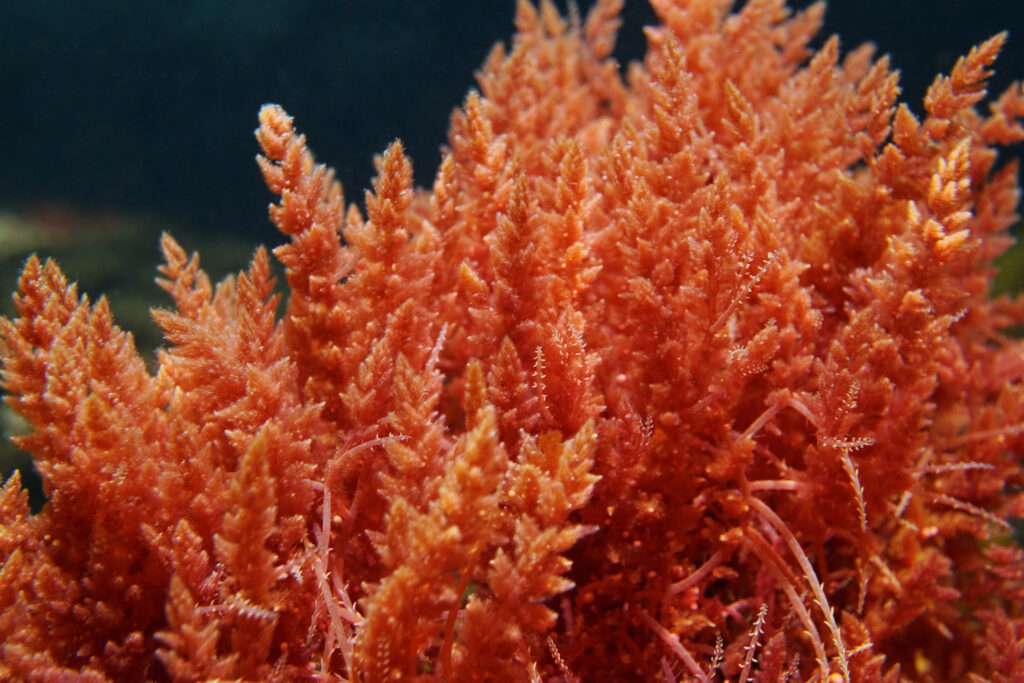Our planet is filled with diverse aquatic environments, from the open oceans to coastal marine areas. With an incredible range of animal and plant species we’d like to keep safe with our conservation efforts, understanding these areas, how they work and what’s in the different types couldn’t be more important.
Here, we’ll explore the different marine ecosystems on the planet, including how they form, the importance of marine plants, and why we need to minimise the threat of pollution in our marine ecosystems.
What is a marine ecosystem?
Marine ecosystems are aquatic environments with high levels of dissolved salt. They include the open ocean, deep sea, and coastal marine ecosystems, each with different physical and biological characteristics.
Different marine ecosystems are defined by their unique living (biotic) and non-living (abiotic) factors. Biotic factors include plants, animals, and microbes, while important abiotic factors include sunlight, oxygen and nutrients in the water, proximity to land, depth, and temperature.
So, how does a marine ecosystem form? The process typically begins with the establishment of different habitats, from coral reefs to open ocean areas, providing diverse living conditions for numerous marine organisms. Interactions between the species living in these areas are the second most important part of establishing these ecosystems. This means that when animals and plants can live and eat in these areas, they begin to shape the environment. Other factors, such as the availability of nutrients, water temperature, and salinity, can also play important roles.
Types of marine ecosystems
Marine ecosystems can be divided into six main categories. Although this number is a common debate among scientists, most agree that these are as follows:

Estuaries: Supporting many types of life, an estuary is defined as a coastal zone where the ocean meets a river. Estuaries are common sites for many human activities, such as transportation, shipping and fishing. Creatures here include mud crabs, oysters and small species of fish.
Salt marshes: When the oceans meet land, an ecosystem referred to as a salt marsh can form. These areas are rich in nutrients from sediment washed in by the ocean and often become flooded when high tides roll in. The land around salt marshes is often wet and salty as a result, making it the ideal environment for low-growing shrubs and grasses.
Mangrove forests: Mostly found in tropical areas, mangrove forest ecosystems also flood often. The rising salt water covers the roots of mangrove trees, creating a home for exciting species such as crabs, fish, reptiles and amphibians.
Coral reefs: Deeper in the tropical sea, you can find coral reef marine ecosystems, which are built from the exoskeletons secreted by coral polyps. These exoskeletons form complex structures and house all kinds of creatures, from crustaceans and molluscs to fish and turtles.
The open ocean: The ecosystems in the open oceancan vary widely depending on the depth of the ocean. The surface of the open ocean receives plenty of sunlight, warmth and oxygen, meaning it can support many organisms, such as dolphins, whales, octopuses, and sharks.
The deep-sea ocean: As the ocean deepens, it gets darker and colder, and less oxygen is available. Creatures living in deep-sea ecosystems adapt in unusual ways to help them survive volatile environments. While some develop large mouths to help them catch nutrients, others adapt their breathing techniques to deal with the changing water pressure.
Importance of marine plants in marine ecosystems
What is a marine plant and why do these organisms play such a crucial role in our marine ecosystems? Here, we’ll explain everything you need to know.

What are marine plants?
Marine plants, which can also be referred to as ocean plants, are simply organisms that live and grow underwater. They come in all different shapes and sizes and fall into three different groups depending on how much sunlight they need, including sunlight (euphotic), twilight (disphotic) and midnight (aphotic).
One type of marine plant often found in warm, tropical waters is red algae. This species has existed for around 500 million years and provides rich proteins and vitamins for other creatures in its ecosystems. Its red appearance comes from a pigment that absorbs blue light and reflects red light.
Seagrass is another type of marine plant. It requires a lot of light, which is why it’s mostly found in coastal shallow waters. Seagrass offers food for creatures like crabs and lobsters, alongside providing oxygen to the waters and pollinating other ocean plants. As a result, this marine plant is one of the most crucial plants in the ocean.
What role do marine plants have in ecosystems?
Marine plants play an important role in our ecosystems. From supporting marine life by providing nutrients for other creatures to giving them the habitats that help them thrive, these plants are the reason these ecosystems can exist. Without these marine plants, creatures and habitats in each ecosystem wouldn’t have access to vitamins and nutrients needed for sustaining life.
How does pollution affect marine ecosystems?
Marine pollution is an ever-growing issue which threatens the viability of our marine ecosystems. Different types of pollution, including chemicals and litter, can affect these environments. Plants and marine life can be under threat when exposed to these pollutants since they can damage habitats, contaminate food and create unsuitable living conditions.
Understanding the importance of conservation is one of the best ways to reduce pollution and protect our marine ecosystems. By doing our bit to preserve these natural habitats, we can continue to support the planet and slow down the effects of climate change. So, we should all be making more sustainable choices, such as swapping plastic straws for reusable metal, using reusable shopping bags instead of plastic and recycling wherever possible to keep landfills from filling up. We hope you’ve had fun learning all about marine ecosystems. If you’re fishing for more information on all things aquatic-related, check out our blog. Better yet, why not pay us a visit and meet some of the creatures and plants that keep our marine ecosystems alive and well? Plan your next day out at Bristol Aquarium right here.
